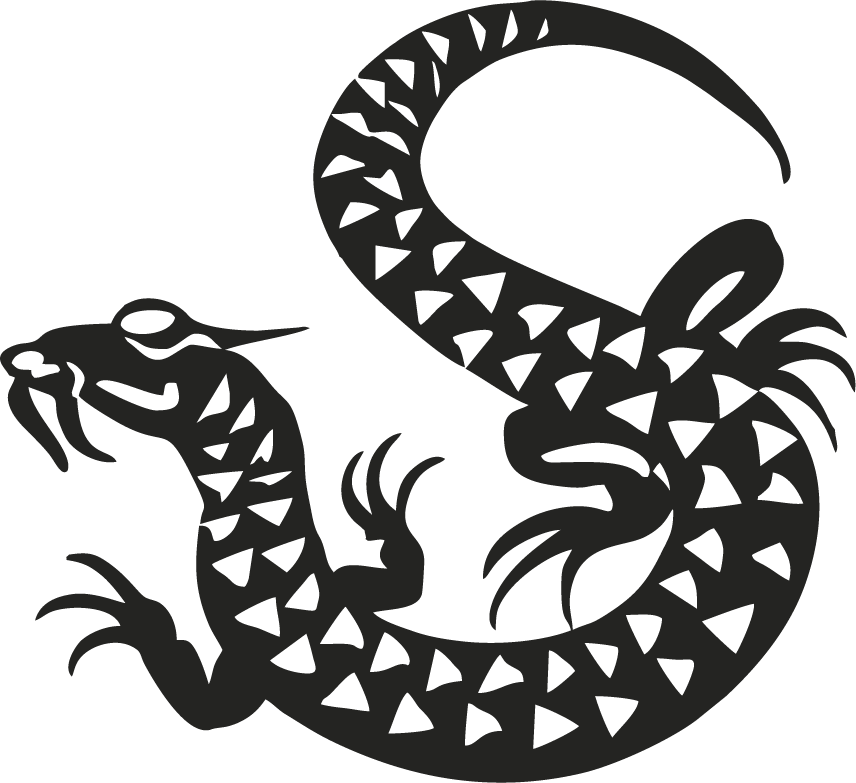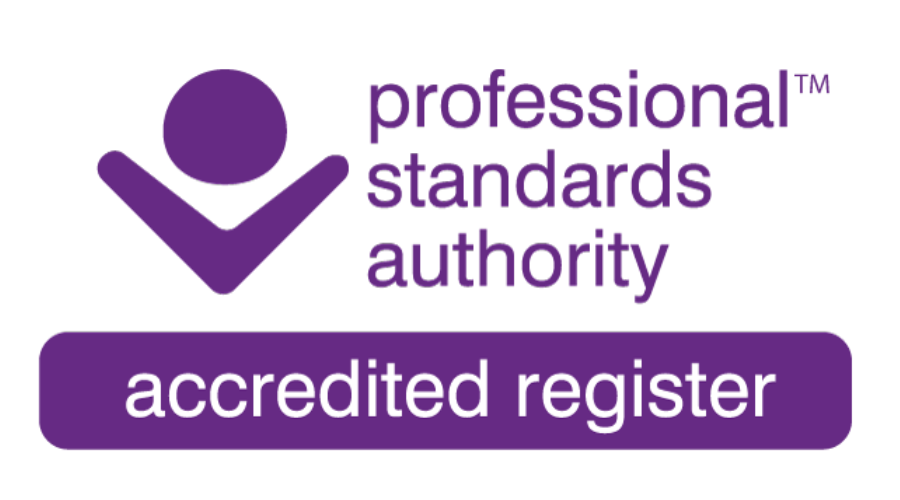TRADITIONAL ACUPUNCTURE

TRADITIONAL ACUPUNCTURE
What is acupuncture?
Acupuncture is now recognised for its ability to treat chronic and debilitating conditions, in addition to the treatment of pain. Traditional Acupuncture is one of the world’s oldest systems of medicine, dating back some 5000 years. In recent years acupuncture has become recognised in the West for its ability to address chronic and debilitating conditions, in addition to the treatment of pain. Its focus is on improving the overall well being of the patient, rather than the isolated treatment of specific symptoms.
The main principle of Traditional Acupuncture is the treatment of the whole person and the condition. This is achieved by balancing their vital energy—known as Qi—which enables the body, mind and spirit to function in harmony and achieve health and well-being. This helps symptoms and any underlying imbalance, which may be contributing to the disease. In this way, symptoms can be alleviated and the cause of the problem identified and helped, leading to a more permanent improvement than treatment of the symptoms alone.
Symptoms are distress signals that indicate that the energy is out of balance.
Traditional Acupuncture addresses them by treating the underlying cause of the problem.
In a recent study (Cassidy, C 2000), patients receiving acupuncture reported that they:
Felt better (76%)
Got along better with others (69%)
Had less pain (64%)
Were more focused (58%)

Diagnosis and Treatment
The initial consultation takes between one and a half to two hours and involves collecting information on medical history, lifestyle and the functioning of various systems (sleep, digestion, etc). There are also several specific diagnostic tests to ascertain the body's energetic balance, such as pulse taking and tongue diagnosis. Subsequent treatments will be shorter and last between 30 and 90 minutes. It involves a very gentle needling technique using needles not much thicker than the width of a hair, inserted at specific points.
Traditional Acupuncture is usually done with needles but may also include Moxibustion and Cupping therapies. Moxibustion is a technique used to treat specific complaints by warming the acupuncture point with a special herb.
Cupping therapy is the application of suction cups to the body. The suction allows stuck energy to be released and relieves tension in the area. It can also be used to expel the symptoms of a cold or flu.
Please contact me for further details either using the contact form or phone me on 07834 606 084
Response to Treatment
Every individual is unique, as is their response to treatment. Often the initial improvements are in the overall state of health, with improvements in their main complaint following on. However, some will notice a marked improvement in their main complaint straight away.
Frequency of Visits
The severity of imbalance, how long it has been there and whether or not anything in the person’s lifestyle is interfering with the progress of healing will all affect the duration and frequency of treatment. Initially most treatments will be weekly and then gradually spaced out until only a periodical ‘preventative’ treatment is needed.




